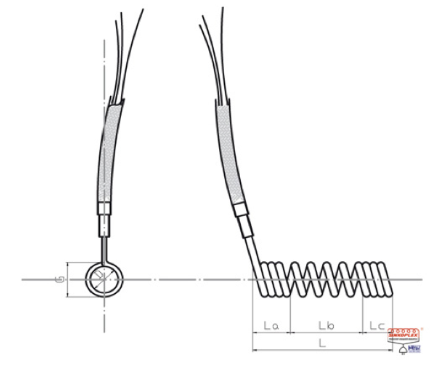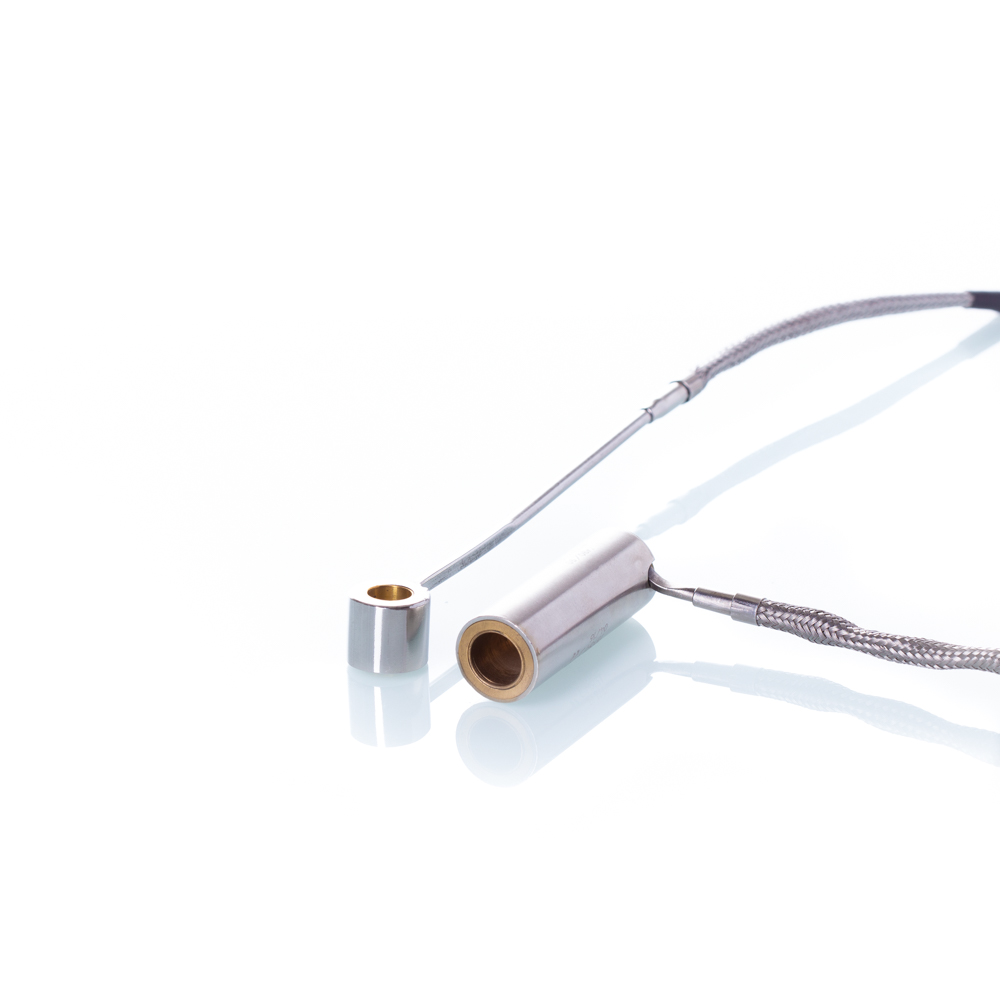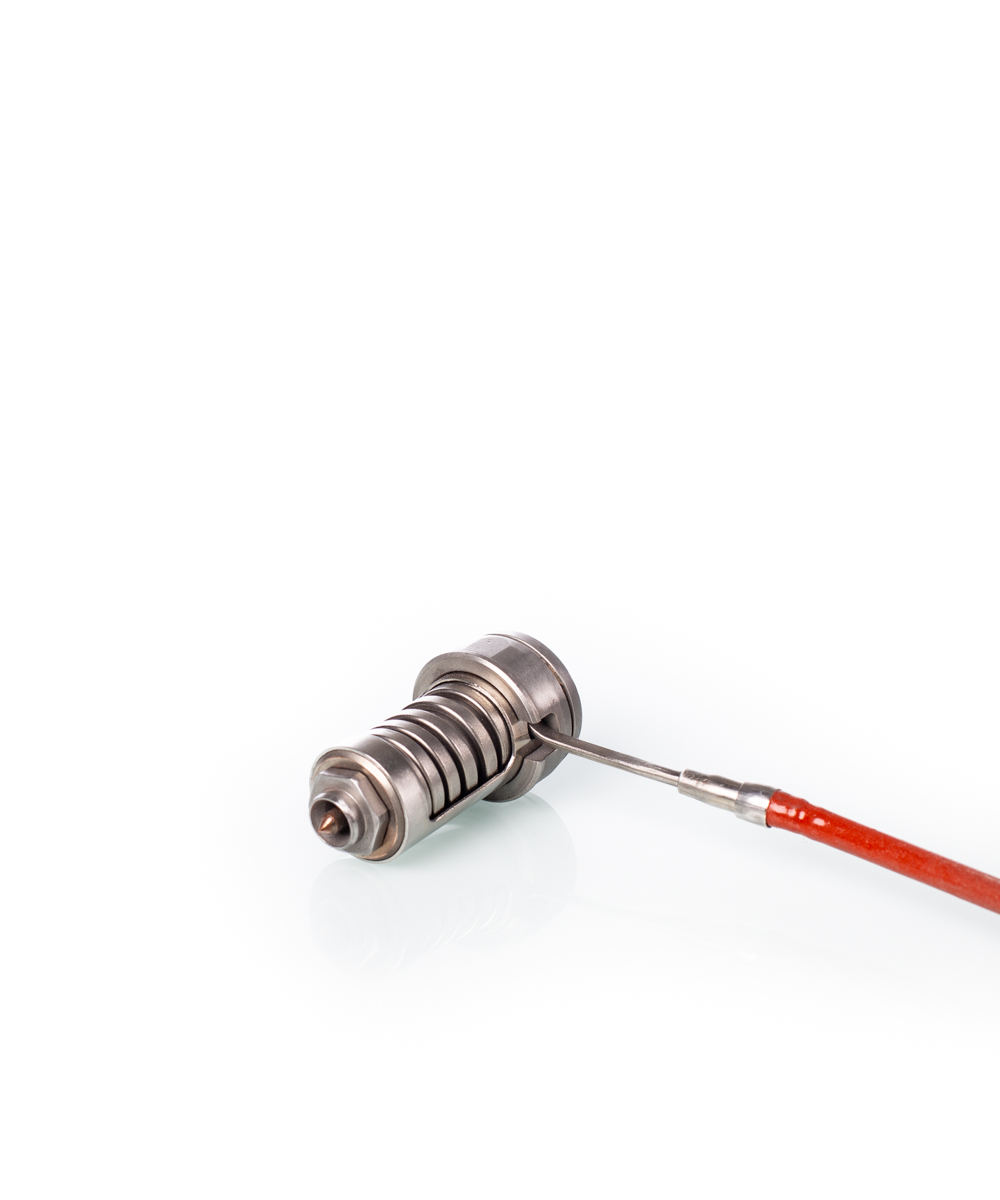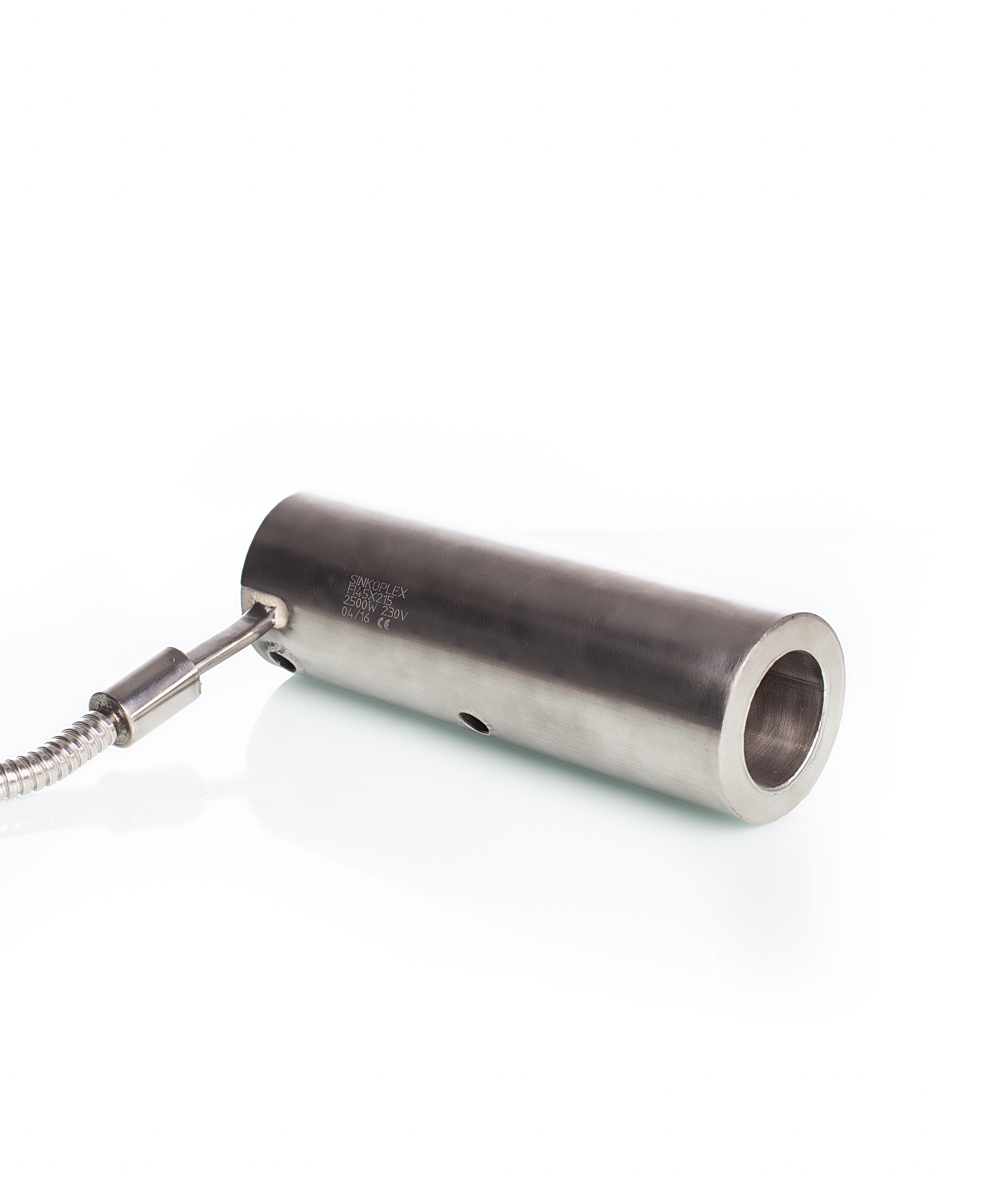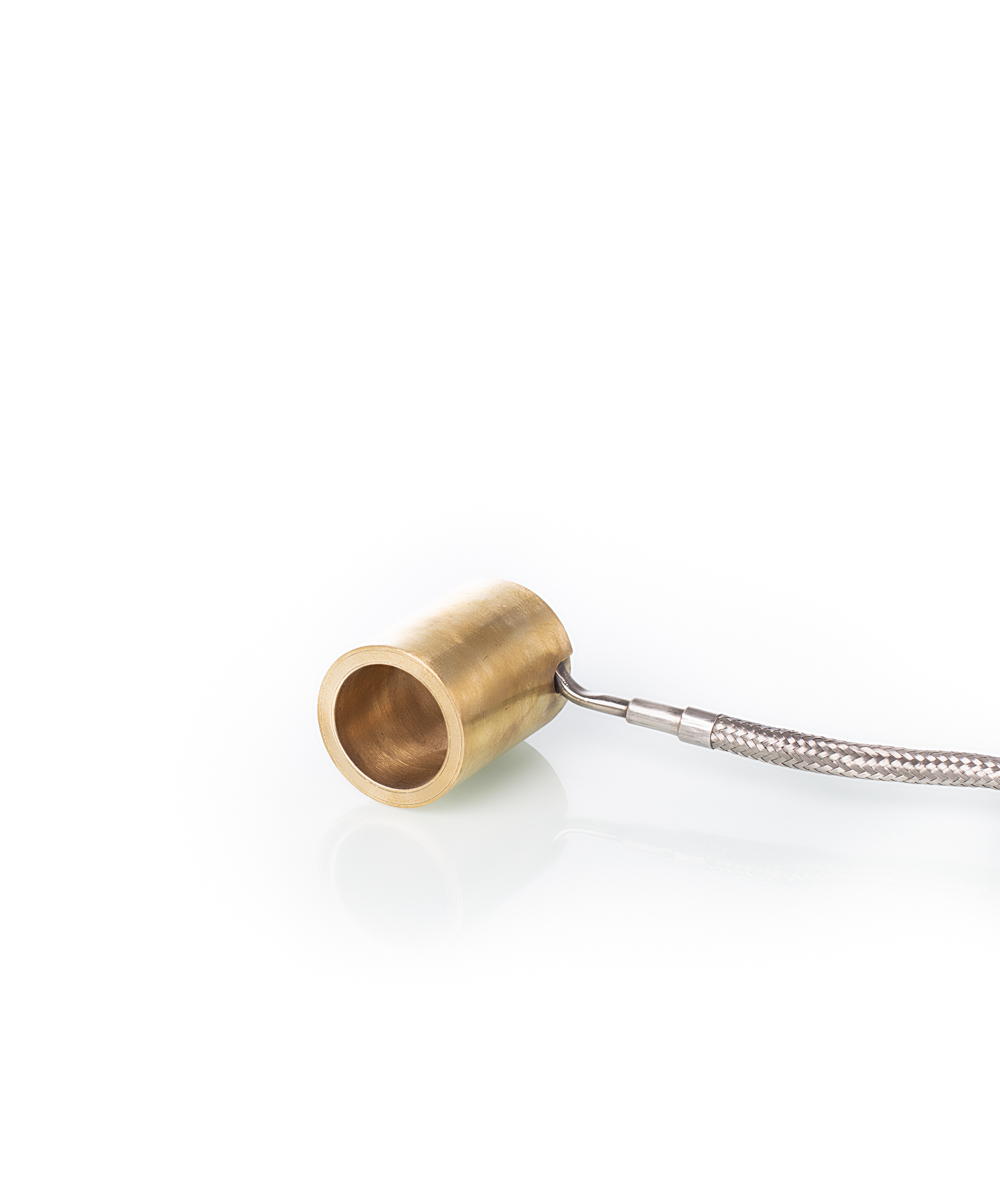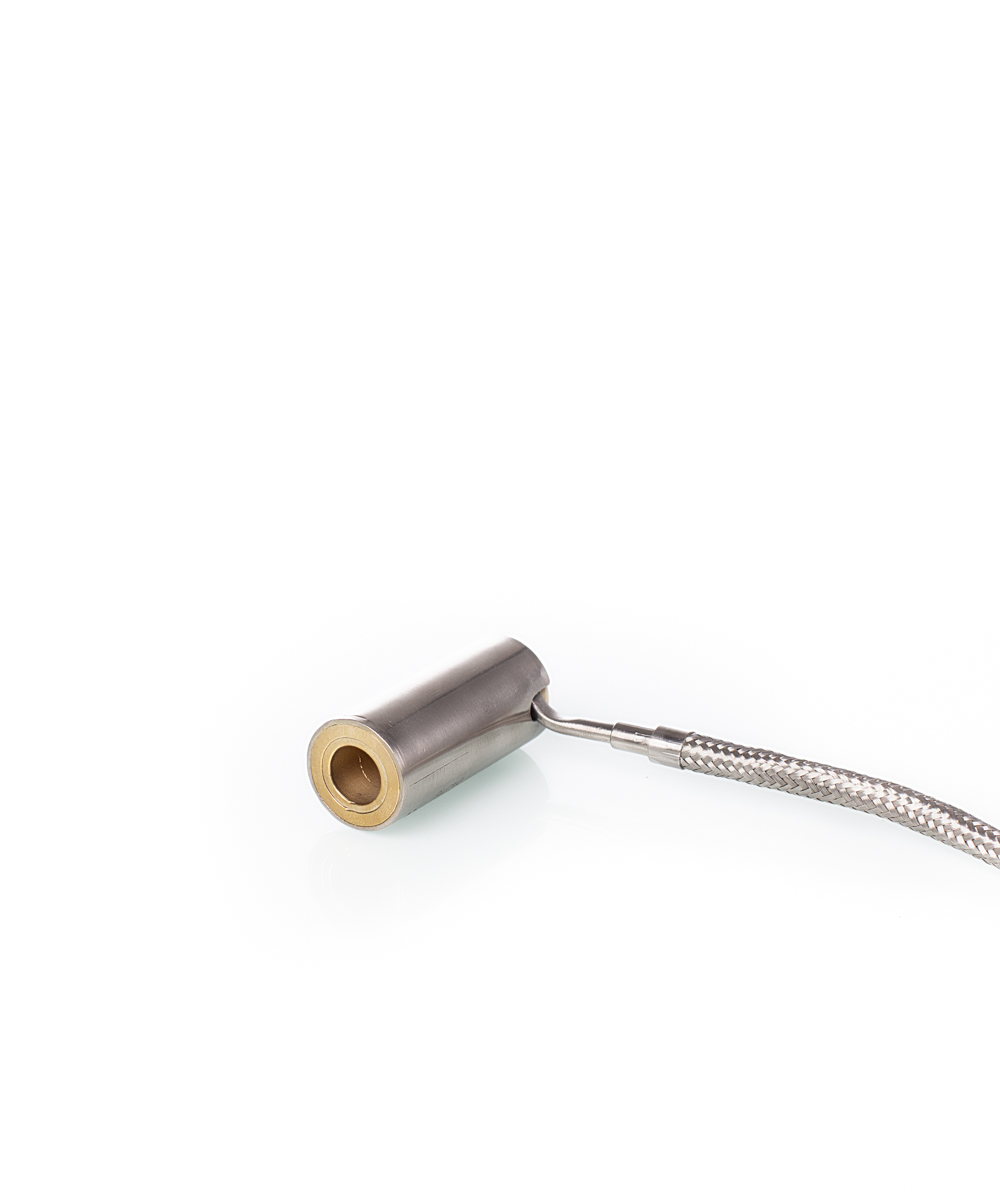Ring heaters
Ring heaters are designed for heating elements with a cylindrical cross-section — especially where, due to limited space or unusual geometry, it is impossible to install standard band heaters.
Most often they are used to heat sleeves, extruder cylinders, nozzles or pipes in plastic processing equipment.
Their compact design, with a cover made of brass or stainless steel, protects the heating element from impacts and deformation during installation and operation of the machine. Thanks to this, ring heaters maintain a long service life even with frequent replacement or operation in harsh industrial conditions.
Precise inner diameter adjustment to a particular element provides full surface contact, which allows rapid heat transfer without loss and reduces energy consumption.
Uniform temperature distribution around the circuit minimizes the risk of overheating of one point and provides stable operating conditions for the heated component.
Basic technical parameters
Heater cross section:
- Cover material: AISI 304, AISI 321,
- Core material: AISI 304, AISI 321, brass
Industries
Specification
- Plastics industry – heating extruder cylinders, injection nozzles, thermoforming heads, conveying pipes for granulate.
- Food industry – heating cylinders in packaging machines, heating dosing nozzles for food liquids, heating components in packaging forming machines.
- Chemical industry – heating process tanks, pipelines, chemical extruder heads, heating dosing nozzles for viscous or liquid substances.
- Pharmacology/Pharmaceutical industry – heating cylinders in dosing devices, heating pipes and nozzles, stabilizing temperature in pharmaceutical production lines.
- Foundry industry – heating sleeves and injection molds for light metals, heating pipelines transporting molten metal.
- Automotive industry – heating forming elements for plastic parts, heating pipelines for adhesives and sealing compounds, heating vulcanization molds for rubber components.
- Packaging industry – heating sealing jaws, heating sleeves and cylinders in film machines, heating components in labeling machines.
- Footwear industry – heating molds for shaping soles, heating pipelines for adhesives, heating elements in machines for forming uppers.
- Wood industry – heating sleeves and press components, heating gluing rollers, heating pipelines with hot-melt adhesives.
- Aerospace industry – heating composite molds, bonding structure elements, heating resin pipelines.
- Industrial automation – heating dosing heads in production systems, stabilizing temperature of machine components, heating precision mechanisms.
- Construction – heating pipelines for bituminous masses, heating components of gluing devices, heating molds for prefabricated elements.
- Medical and laboratory technology – heating dosing heads in medical devices, heating sleeves in molding machines for medical parts, heating pipes and joints in research apparatus.
- Textile industry – heating laminating rollers, heating elements in thermal transfer printing machines.
- Rubber Products Industry/Rubber Industry – heating vulcanization sleeves, heating pipelines for rubber mass transport, heating mold components for seals.
- Ceramic and glass industry (proposed, not on list) – heating sleeves in glass molding machines, heating pipelines with molten glass.
- Recycling industry (proposed, not on list) – heating transport pipelines in plastic recycling lines, heating cylinders in regranulators.
- Electroplating – heating sleeves and pipelines in electroplating systems, heating dosing elements for chemicals.
- In coil heaters it is possible to use a temperature sensor:
- Thermocouple type J (up to 650°C) *
- Thermocouple type K (up to 1000°C) *
- The specified temperature refers to the maximum operating temperature of the sensor and not the heater
Promieniowe:

Styczne:

Osiowe:

Przewody w koszulce z włókna szklanego

Przewody w oplocie stalowym
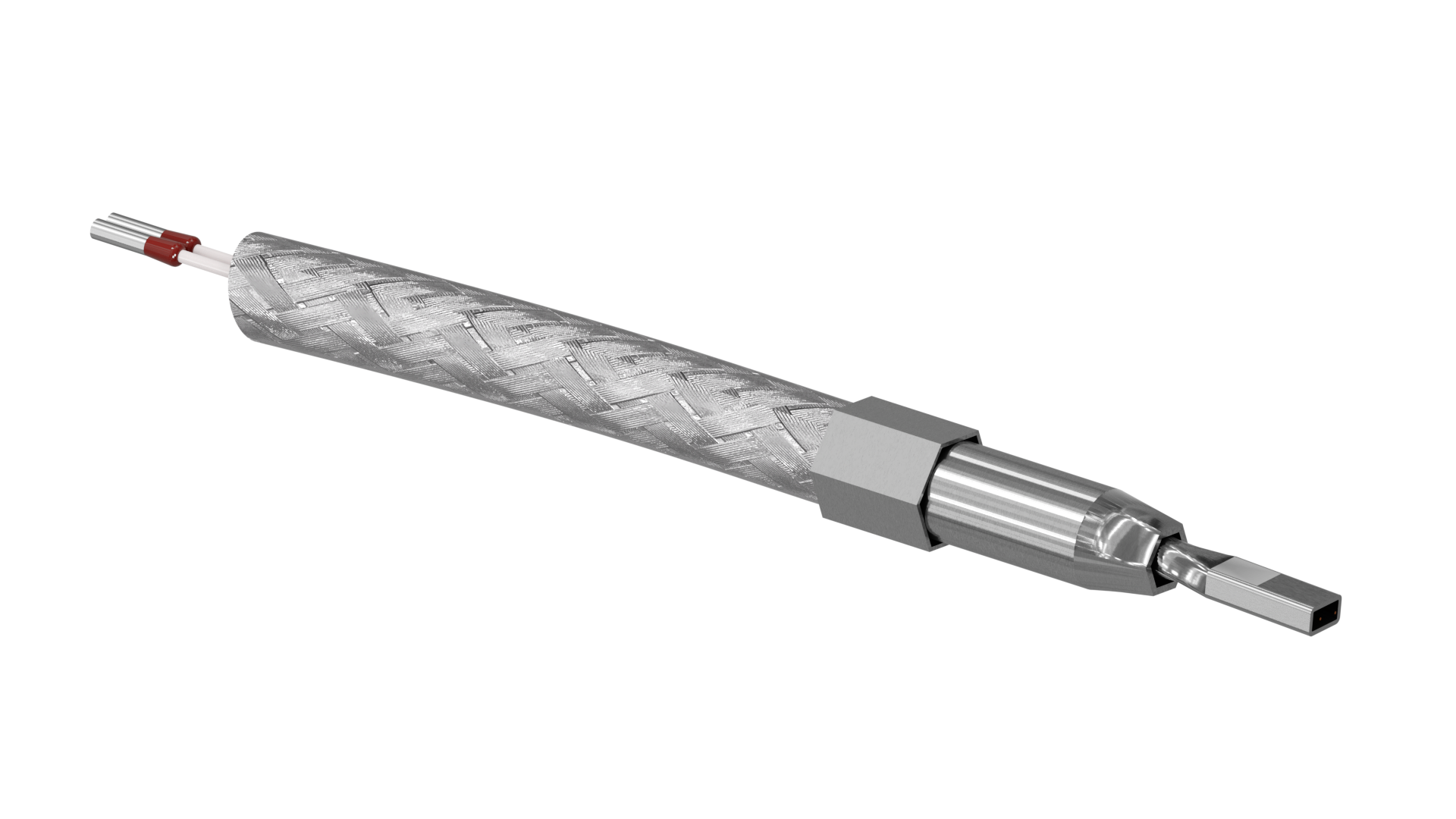
Przewody w peszlu
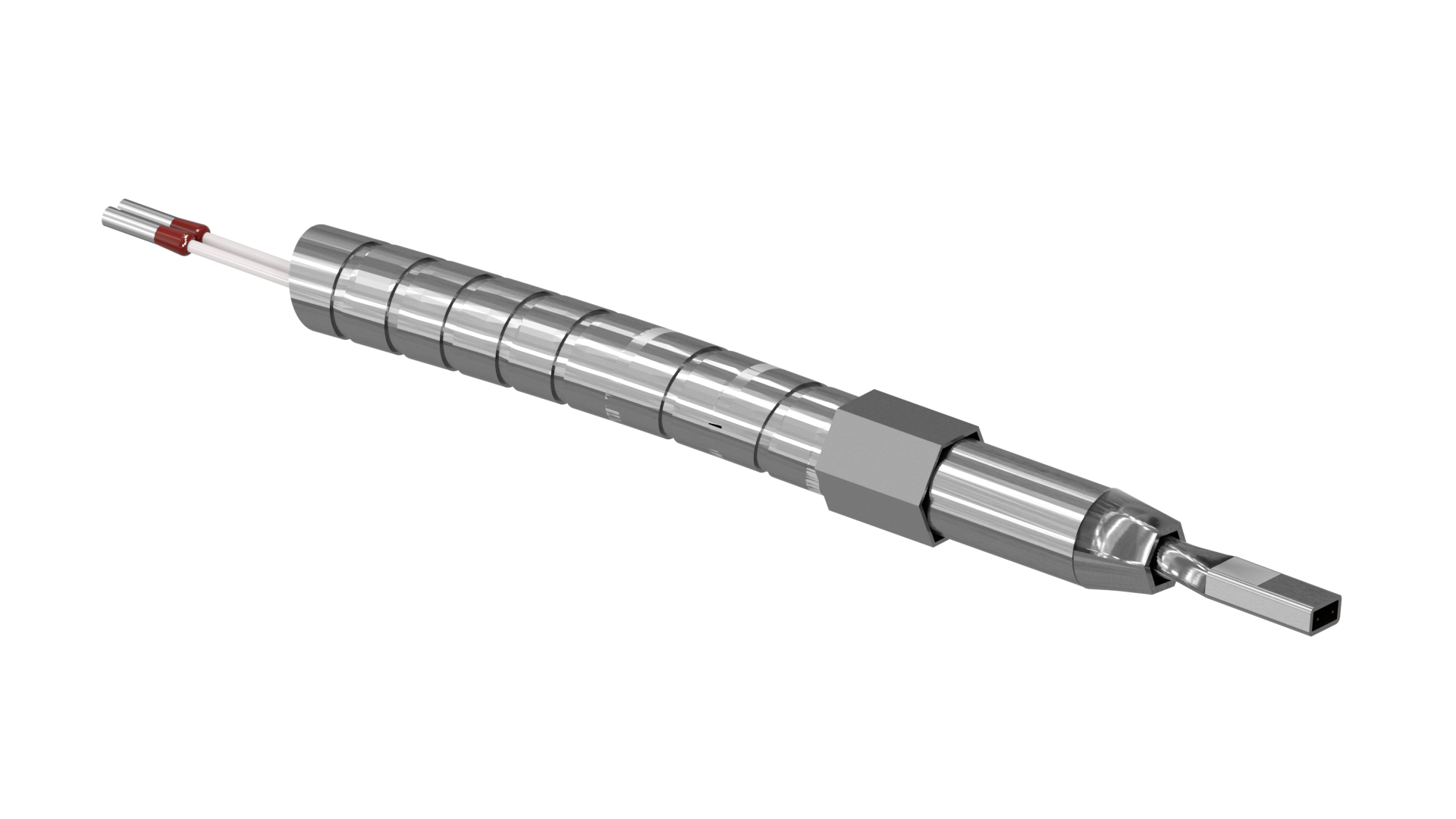
It is possible to make heaters with uneven distribution of turns, in order to obtain the desired distribution of thermal power.
